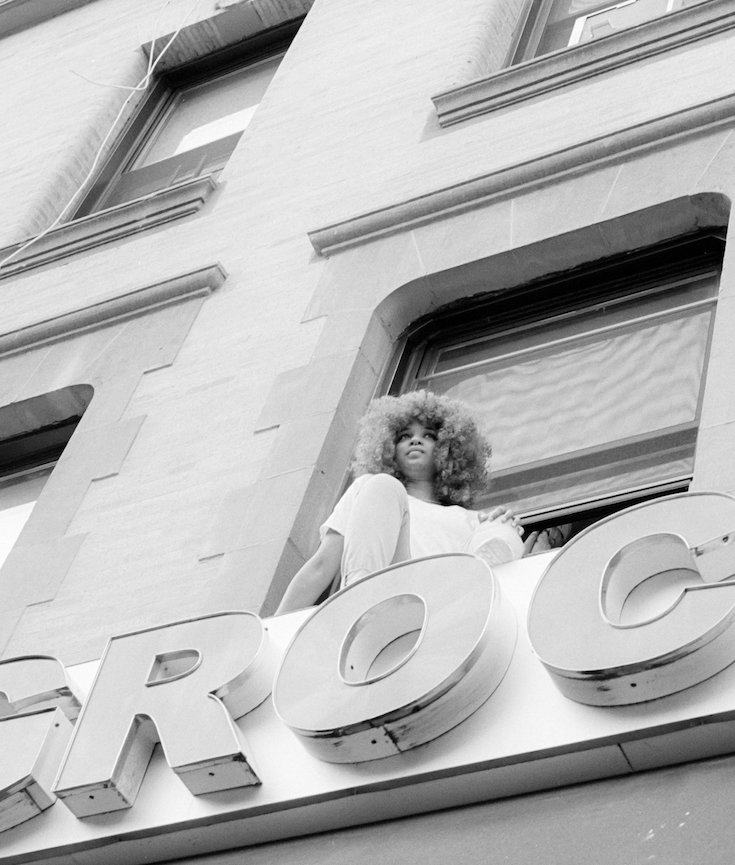For the photographer David Vades Joseph Joseph, who grew up in the neighborhood’s Hamilton Heights section, Harlem is an idea that is vanishing daily. “Certain mom and pop stores that I’ve walked past most of my life aren’t there anymore,” Mr. Vades Joseph, 30, said recently. “Buildings that I grew up with are being torn down and replaced by condominiums. It’s haunting, in a way.”
[mc4wp_form id=”6042″]
In 2010, Mr. Vades Joseph began to photograph vestiges of his old Harlem before they disappeared: the annual parades and watering holes where people gathered in the manner of generations past. He shot in black and white, noticing only later that his photographs seemed rooted as much in the past as in the moments he photographed. He was shooting backward, to a time he knew only in memory. Mostly he shot people rather than buildings, he said, because he felt the community’s essence lay in the neighbors who shared their dreams or hopes, not in the architecture where those dreams sometimes crumbled.
 Photo Credit | David Vades Joseph
Photo Credit | David Vades Joseph
 Photo Credit | David Vades Joseph
Photo Credit | David Vades Joseph
 Photo Credit | David Vades Joseph
Photo Credit | David Vades Joseph
Harlem is a large neighborhood in the northern section of the New York City borough of Manhattan. Since the 1920s, Harlem has been known as a major African-American residential, cultural and business center. Originally a Dutch village, formally organized in 1658, it is named after the city of Haarlem in the Netherlands. Harlem’s history has been defined by a series of economic boom-and-bust cycles, with significant population shifts accompanying each cycle.
African-American residents began to arrive en masse in 1905, with numbers fed by the Great Migration. In the 1920s and 1930s, Central and West Harlem were the focus of the “Harlem Renaissance”, an outpouring of artistic work without precedent in the American black community. However, with job losses in the time of the Great Depression and the deindustrialization of New York City after World War II, rates of crime and poverty increased significantly. Harlem’s African-American population peaked in the 1950s. In the second half of the 20th century, Harlem became a major hub of African-American businesses. In 2008, the United States Census found that for the first time since the 1930s, less than half of residents were black, and black residents only counted for 40% of the population.
Since New York City’s revival in the late 20th century, long-time residents of Harlem have been experiencing the effects of gentrification and new wealth. (Wikipedia).


You must be logged in to post a comment.